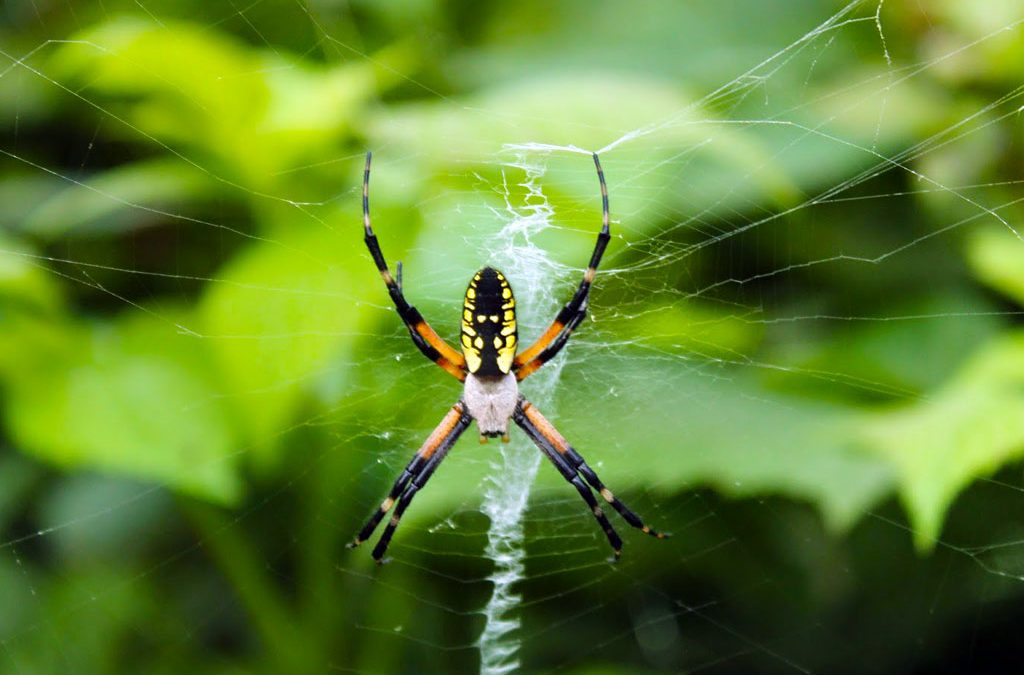
Golden Garden Spider
The writing spider, or black and yellow argiope, is a brightly colored predator. They are considered orb weavers, which means they spin their web in a circle shape. This particular species adds zig-zag patterns to their web which looks like a person’s writing, which is why they are referred to as the writing spider in some places. Their body is black and yellow, with black and brown, red or yellow banded legs. Females are more than twice the size of males of the same species. A small front body section, known as a cephalothorax, is characteristic of both males and females, and is covered in small, shiny hairs.
| Common Names: | Black-and-yellow argiope; writing spider; golden garden spider |
| Scientific Name: | Argiope aurantia |
| Size: | Females: 0.75-1.125” (19-28 mm)Males: 0.25-0.375 “ (5-9 mm) |
| Type of Beneficial: | Insect predator. Prey includes mosquitos, moths, flies, and other flying insects |
| Geographic Distribution: | North America |
The writing spider, or black and yellow argiope, is a brightly colored predator. They are considered orb weavers, which means they spin their web in a circle shape. This particular species adds zig-zag patterns to their web which looks like a person’s writing, which is why they are referred to as the writing spider in some places. Their body is black and yellow, with black and brown, red or yellow banded legs. Females are more than twice the size of males of the same species. A small front body section, known as a cephalothorax, is characteristic of both males and females, and is covered in small, shiny hairs.
This predator feasts on a variety of insects, including moths, mosquitos, aphids, and flies. This spider is capable of eating prey twice its size! They are well adapted to trap prey, despite their poor eyesight. Females deceptively hold their legs together in pairs, making it look like they only have four legs. She waits in the center of her web for prey to become trapped. This species is very sensitive to vibrations and movement in the air; when she feels an insect lands on her web she dashes over to paralyze her prey. She does this with her venomous bite, which also starts to digest the unsuspecting intruder so that she can eat it. The writing spider has a unique way of dealing with predators. They will shake their web so they may seem larger and more threatening toward a predator. If that doesn’t work, they will drop down to the ground and hide.
The Argiope aurantia is sometimes confused with the banana spider, Nephila clavipes, but there are some visible differences. Writing spiders’ abdomens are round and flat while banana spiders’ abdomens are more long and lean in shape. The abdomen of the writing spider is black and yellow in color, and the abdomen of banana spiders is tan with yellow spots.
The argiope aurantia only breeds once per year, and their courtship process is an interesting one. A male will seek out a female of his liking and build a small web near, or attached to, her web. He will then make vibrations on the female’s web to attract her. Males usually die after mating their first year, and in cold places this species only lives for one season. In warmer climates, however, the females may live for several years.
After mating, the female creates up to three brown egg sacs, sometimes up to one inch in diameter, which hold up to 1400 eggs each! The female keeps her egg sacs suspended near the center of her web, near her resting place, for protection. This strategy is especially effective against ant predation. Other insects take note of this approach, and other species of insect eggs have been found inside the protective Argiope cocoon. As many as 30 different species of insects and spiders have been found emerging from various Argiope cocoons. While this approach is effective for protecting eggs, the sacs are occasionally destroyed by birds. In cold places eggs may hatch in late summer or fall, but the spiderlings remain dormant in the egg sac until the following spring when the weather warms up. Once they reach maturity, females build their webs and males search for a mate.
The webs of writing spiders will usually be found in sunny, calm places, and will stay there unless the site doesn’t work out because of lack of food, or if it is disturbed often. This species, along with other orb-weavers, have three claws per leg, which helps this creature construct its web. These little engineers usually build their large webs, up to two feet in diameter, during the evening hours. Females start web construction by grabbing hold of an existing structure and releasing several strands of silk from the spinnerets in her abdomen. The strands merge into one thread and drifts down until it hits a surface. Next, she builds her construction pieces, similar to scaffolding, so she can build the web’s framework. Next she builds the interior of the web, to which she attaches sticky silk, the type that actually traps prey. After the web is complete, she eats the scaffolding that she previously created. The stabilimenta, or areas of zigzagging thread, is a characteristic of the Argiope aurantia and other diurnal species, and its purpose is unknown. It may prevent birds from damaging webs, or it may add stability.
This beautiful species of spider is beneficial to humans because it predates on some insects we consider to be pests, such as mosquitos, aphids, flies, and even wasps. Spiders tend to have a bad rapport, but this species is harmless. When provoked they may bite, but to healthy people it just feels like a bee sting.
The writing spider should be protected. It helps to control the insect populations around our human abodes, and for that service its webs should be left undisturbed.

Paper Wasps

Attracting Beneficial Insects

Butterfly

Spiny Orb Weaver

Dragonfly
Trackbacks and pingbacks
No trackback or pingback available for this article.
Articles
Featured
-
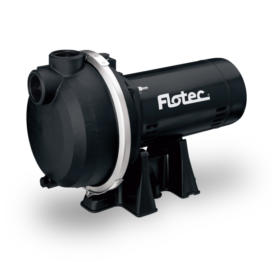 Thermoplastic Irrigation Pump 1 HPRegular Price $469.99
Thermoplastic Irrigation Pump 1 HPRegular Price $469.99 -
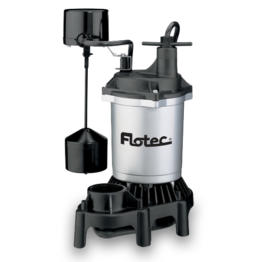 Submersible Thermoplastic Sump Pump 1/2 HPRegular Price $269.00
Submersible Thermoplastic Sump Pump 1/2 HPRegular Price $269.00 -
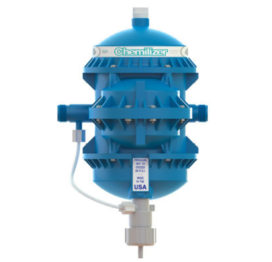 Chemilizer InjectorRegular Price $349.99
Chemilizer InjectorRegular Price $349.99 -
 Cold Pressed Neem OilRegular Price $29.92 – $38.71
Cold Pressed Neem OilRegular Price $29.92 – $38.71 -
 EzGro Quad Pot 50 PackRegular Price $499.90
EzGro Quad Pot 50 PackRegular Price $499.90 -
 Drain Dish & Diffuser Dish SetRegular Price $16.99
Drain Dish & Diffuser Dish SetRegular Price $16.99 -
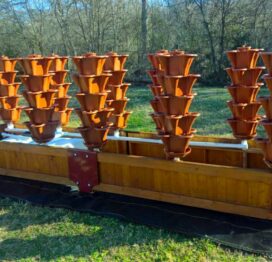 Ten Tower Deck GardenRegular Price $3,499.00
Ten Tower Deck GardenRegular Price $3,499.00 -
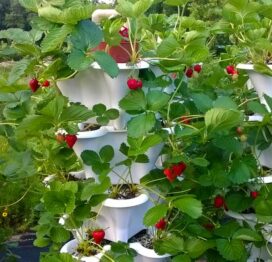 Five Tower Strawberry GardenRegular Price $2,799.00
Five Tower Strawberry GardenRegular Price $2,799.00 -
 Rainwater Pressure Tank SystemRegular Price $449.00
Rainwater Pressure Tank SystemRegular Price $449.00 -
 Five Tower Deck GardenRegular Price $2,499.00
Five Tower Deck GardenRegular Price $2,499.00









Leave a reply